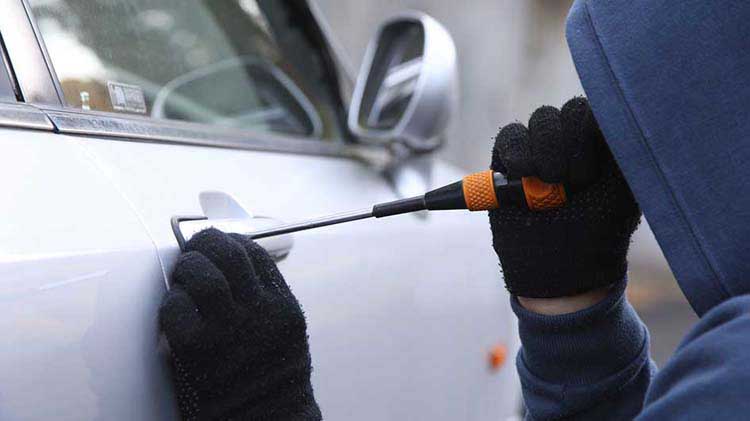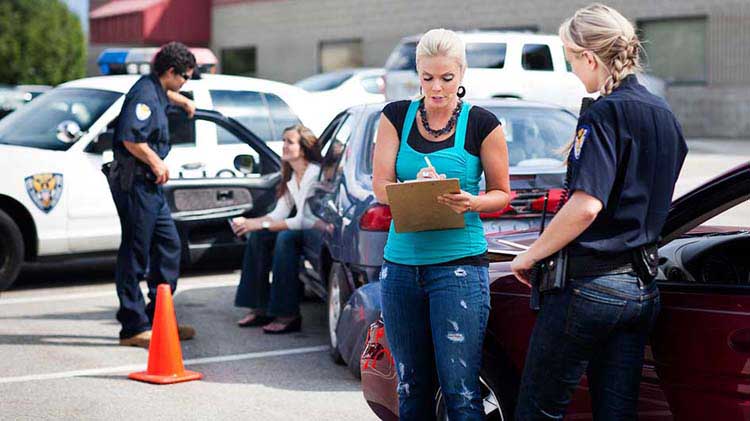Car totaled or stolen? All coverage doesn't pay equally
As almost everyone knows, the moment you drive your new car home, it begins to lose value — very quickly in some cases. But if you are ever unfortunate enough to experience a total loss due to accident or theft, most standard insurance policies pay the actual cash value of the car at the time of the incident.
That means if you still owe more on your loan, you'll be on the hook to pay it.
If you financed your car through the dealer, you may have been offered "GAP insurance" as part of a range of options provided when you buy the car. Although they must by law fully explain it, there's still a lot of misinformation about GAP (Guaranteed Asset Protection) insurance, which is often now included in many full-featured auto insurance policies.
Here's the scoop on GAP insurance
Let's say you buy a $40,000 car. Two years later, you're in an accident, and your car is declared a total loss by your insurance carrier.
The market value of your car at this point is $22,000, yet you still owe $26,000 on your loan. That $4,000 GAP is money you would still owe your lender, so GAP insurance pays off that difference.
Get an auto insurance quote
Want to protect your car?
GAP insurance may make sense under some conditions, especially those where the loan balance is likely to exceed the depreciated car value for most or all of the loan term. This might be the case in the following situations:
- You've made a down payment of 20% or less, so the depreciated value will be less than the loan amount still due for most of the loan.
- You've financed your car for a relatively long period of time, such as 60 months or more, so in later months when the car is worth much less than at the time of purchase you still have a significant loan balance.
- You've bought a new car that has a record of depreciating quickly so your payments don't reduce the loan as fast as the declining value of the car.
Most dealers — and some banks — offer some type of GAP insurance as part of the vehicle loan, but rates and coverage can vary considerably. Be sure to figure out the total cost and read the fine print, as it can add a significant amount to your monthly payment.





